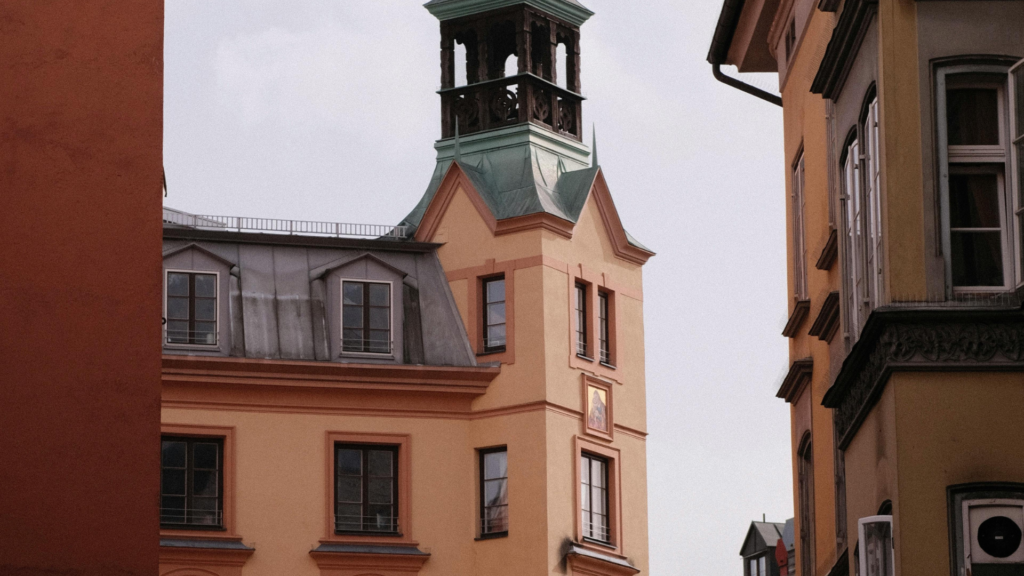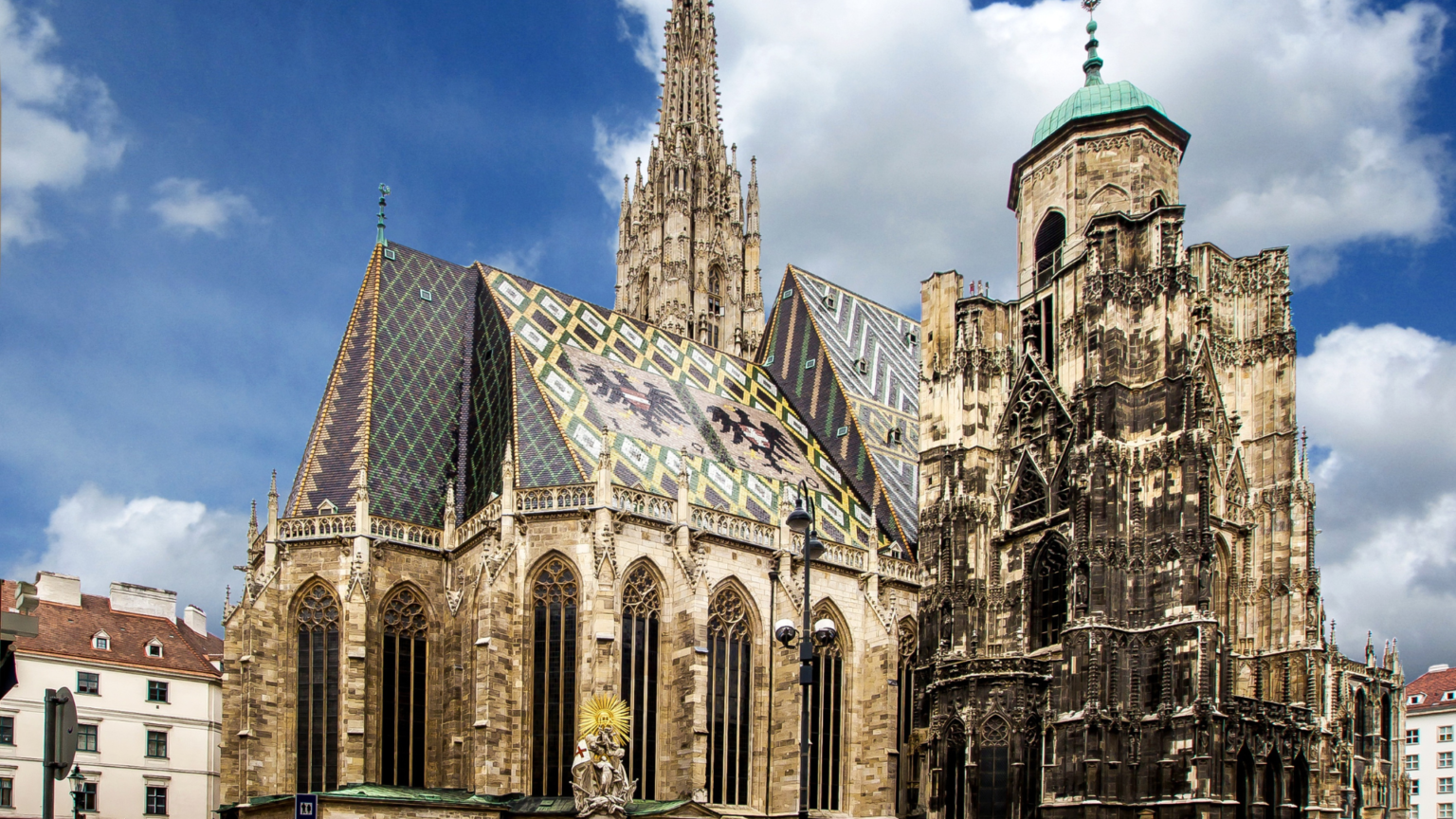





What To Expect In Austria
Austria is a country that seamlessly blends imperial grandeur, alpine beauty, and cultural elegance. From the majestic palaces and world-class museums of Vienna to the charming old town of Salzburg and the breathtaking landscapes of the Austrian Alps, Austria offers a wide variety of experiences for travelers. Known for its classical music heritage, picturesque villages, and warm hospitality, Austria is a destination that caters to history lovers, outdoor enthusiasts, and culture seekers alike.
Language: The official language of Austria is German, and while many locals speak English, especially in tourist areas, it’s always appreciated when visitors make an effort to use basic German phrases. Common expressions like “Guten Tag” (Good day), “Danke” (Thank you), and “Bitte” (Please) will enhance your interactions and show respect for the local culture. In smaller towns and rural areas, English may be less commonly spoken, so having a translation app or phrasebook handy can be helpful.
Currency: Austria uses the Euro (EUR) as its official currency. Credit and debit cards are widely accepted in cities, hotels, restaurants, and shops. However, carrying some cash is recommended, especially when visiting smaller towns, markets, and rural areas. ATMs tend to be easily accessible throughout the country if you need to withdraw euros. The exchange rate typically fluctuates around 1 EUR to 1.1 USD, but it’s best to check current rates before traveling. Be sure to notify your bank of your travel plans to avoid any issues with international transactions.
Climate: Austria’s climate varies by region, with alpine areas experiencing cooler temperatures and the eastern plains having a more temperate climate. Here’s an overview of what to expect:
- Winter (December to February): Cold, with average temperatures ranging from 23°F to 37°F (-5°C to 3°C). Winter is ideal for skiing in the Austrian Alps and enjoying the country’s famous Christmas markets in cities like Vienna and Salzburg.
- Spring (March to May): Mild and blooming, with temperatures between 45°F and 65°F (7°C to 18°C). This season is perfect for exploring cities, hiking, and sightseeing with fewer crowds.
- Summer (June to August): Warm and sunny, with temperatures between 65°F and 80°F (18°C to 27°C). Summer is ideal for outdoor activities, festivals, and exploring Austria’s beautiful lakes and countryside.
- Autumn (September to November): Cool and picturesque, with temperatures ranging from 45°F to 65°F (7°C to 18°C). Autumn is a great time to visit for wine harvests, scenic drives, and cultural events.
The best time to visit Austria depends on your interests. Winter is ideal for skiing and experiencing Christmas markets, while spring and autumn offer mild weather, fewer tourists, and beautiful scenery. Summer is perfect for those who enjoy outdoor activities and exploring the countryside.





